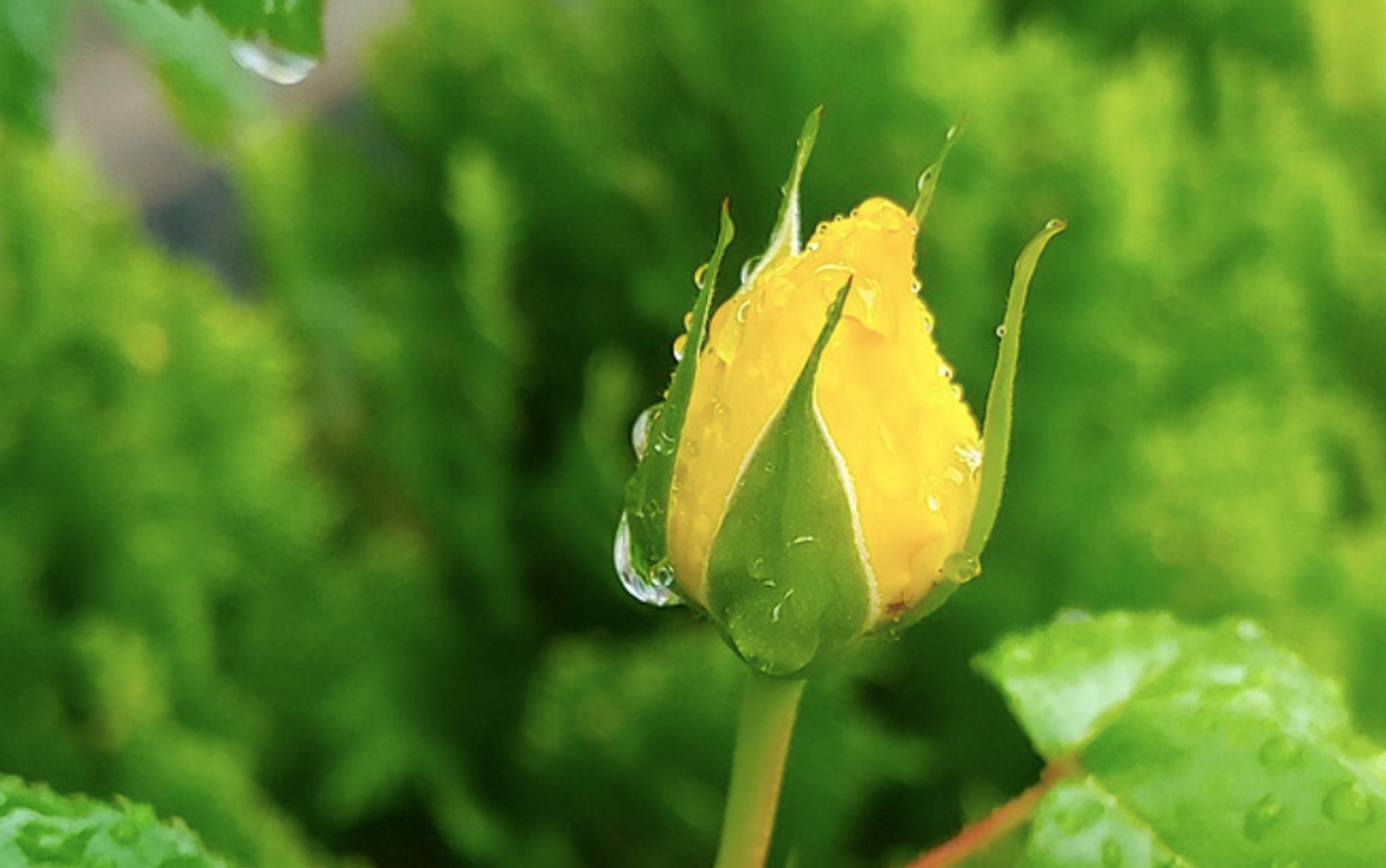Genetics Reveals That All Roses Were Once Yellow
A new study has investigated the genetic history of roses, which are part of the genus Rosa and a member of the Rosaceae family, regardless of what color they are. Researchers analyzed the genomes of roses of various colors, and determined that the common ancestor of all roses was a flower with one yellow petal and seven leaflets. The findings have been reported in Nature Plants.
Red roses are the most popular, and are generally considered to be a symbol of love and romance. About 30% of all cut flowers that are sold are red roses. They are also the most commonly cultivated ornamental plants, and have been modified to reflect changing aesthetic tastes and preferences over time and cultures.
Right now there are as many as 200 different species of roses, and over 35,000 cultivars, or cultivated varieties, which are plants that have been specially grown because they carry desirable characteristics. Cultivars can be made by cross-breeding parent plants, for one example, though there are other methods. The many cultivars of roses have different scents, colors, or blooming frequencies.
Rose breeding started in the 1700s, when European cultivars were selectively bred or crossed with Chinese roses to create flowers that people wanted to grow and buy.
As the climate changes, however, growers have begun to shift away from roses that look unique towards those that are easier to grow, hardier, and can withstand stress such as drought. Wild rose varieties may now be able to offer assistance, by contributing traits like resilience and disease resistance to create new rose cultivars that need less care and maintenance.
Genetic sequencing data can also aid this effort. As we learn more about the rose genome, the genetic characteristics that help these plants survive may become evident. This could help sustain rose varieties that are under threat.
In this study, the researchers gathered more than 200 samples from 80 species of Rosa. These samples were then analyzed and their genomes were sequenced. With this data, the scientists charted the evolutionary journey of rose species.
After the first rose, a yellow flower with a lone petal, was domesticated, more colors, petal patterns, and blooms emerged.
The work also showed that the Rosa genus seems to have emerged in Central Asia, with two centers of diversity. In the dry northwest, yellow roses with smaller leaves were predominant while in the humid southwest, a white variety with a strong scent was common.
Sources: Phys.org, Nature Plants









